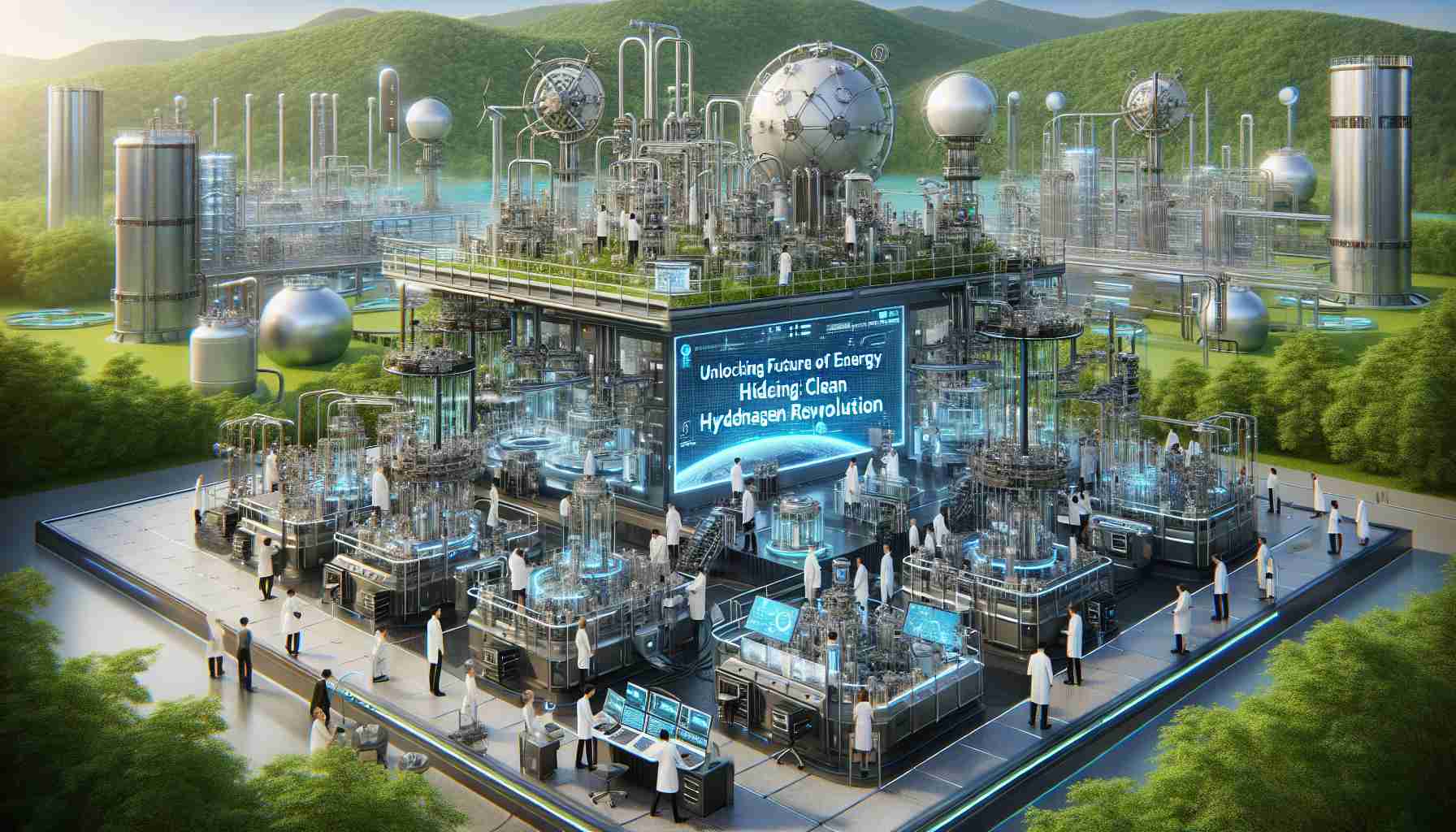New Tax Credit Stimulates Clean Energy Investment
The recently announced rules by the US Department of the Treasury regarding the Section 45V Clean Hydrogen Production Tax Credit represent a groundbreaking moment for the clean hydrogen sector. This initiative, part of the Inflation Reduction Act, is designed to encourage the production of cleaner hydrogen, which is key to minimizing greenhouse gas emissions in challenging-to-decarbonize industries.
Under this program, producers can receive a tax credit of up to $3 per kilogram based on their hydrogen’s lifecycle emissions, with more substantial rewards for lower emissions. For example, projects emitting less than 0.45 kg of CO2 equivalents per kilogram of hydrogen can claim the full credit. However, benefits decrease as emissions increase.
These evolving regulations promise to invigorate the green energy market, as seen by the surge in stock prices of companies like Plug Power and Bloom Energy. Firms positioned to leverage nuclear energy alongside renewable sources stand to gain significantly, enhancing their hydrogen production capabilities.
Moreover, such tax incentives not only aim to drive investment but also align with broader environmental goals. Clean hydrogen can revolutionize industries such as steel and transportation by offering a sustainable alternative to fossil fuels, provided projects adhere to strict emissions control measures.
As the clean hydrogen landscape evolves, the next few years will be critical for realizing its potential in fighting climate change and reshaping the energy economy.
Revolutionizing Clean Energy: The Clean Hydrogen Production Tax Credit
Introduction
The recent implementation of the Section 45V Clean Hydrogen Production Tax Credit by the US Department of the Treasury represents a transformative leap in clean energy investment. By incentivizing the production of low-emission hydrogen, this initiative, established under the Inflation Reduction Act, aims to significantly reduce greenhouse gas emissions, particularly in industries that are notoriously hard to decarbonize.
Key Features of the Tax Credit
Under this tax credit program, producers can earn up to $3 per kilogram for hydrogen produced based on its lifecycle emissions. Here are some key aspects:
– Emission Thresholds: Hydrogen projects that achieve less than 0.45 kg CO2 equivalents per kilogram can receive the maximum tax credit, with diminishing rewards for projects that produce higher emissions.
– Incentive Structure: This tiered structure encourages cleaner production methods, serving as a financial motivator for companies to invest in sustainable practices and technologies.
Market Trends and Insights
The announcement has led to a marked uptick in the stock prices of companies like Plug Power and Bloom Energy, indicating a robust market interest in clean hydrogen initiatives. Investors are keen on companies that integrate nuclear and renewable energy sources to bolster hydrogen production, indicating a trend where hybrid energy strategies can play a pivotal role in the clean hydrogen economy.
Use Cases of Clean Hydrogen
Clean hydrogen has the potential to transform various sectors:
– Transportation: Fuel cells powered by hydrogen can significantly reduce carbon emissions from vehicles.
– Steel Production: Clean hydrogen can replace fossil fuels traditionally used in steel manufacturing processes, which are among the largest industrial sources of CO2.
Benefits and Limitations
Pros:
– Reduces Carbon Footprint: By transitioning away from fossil fuels, clean hydrogen production aims to drastically lower emissions across multiple industries.
– Economic Growth: New job creation in the clean energy sector is anticipated as a result of increased investment.
Cons:
– High Initial Costs: Setting up infrastructure for hydrogen production can be capital-intensive.
– Dependency on Renewables: The effectiveness of clean hydrogen production is heavily reliant on the availability of renewable energy sources.
Security Aspects
As the clean hydrogen sector grows, ensuring the security of hydrogen production facilities and distribution infrastructure is paramount. Implementing robust cybersecurity measures will be vital to safeguard against potential threats that could disrupt production and supply.
Innovations and Future Predictions
Innovations in hydrogen production technologies, such as electrolysis and carbon capture methods, are expected to enhance efficiency and reduce costs. The clean hydrogen market is projected to continue evolving, with new breakthroughs likely to emerge over the next decade, paving the way for a more sustainable and resilient energy system.
Conclusion
The Section 45V Clean Hydrogen Production Tax Credit exemplifies a strategic effort to bolster the clean hydrogen sector and meet ambitious climate goals. As the policy takes effect, its impact on investment trends and environmental advancements will be closely monitored in the coming years.
For more insights into clean energy initiatives, visit Energy.gov.











